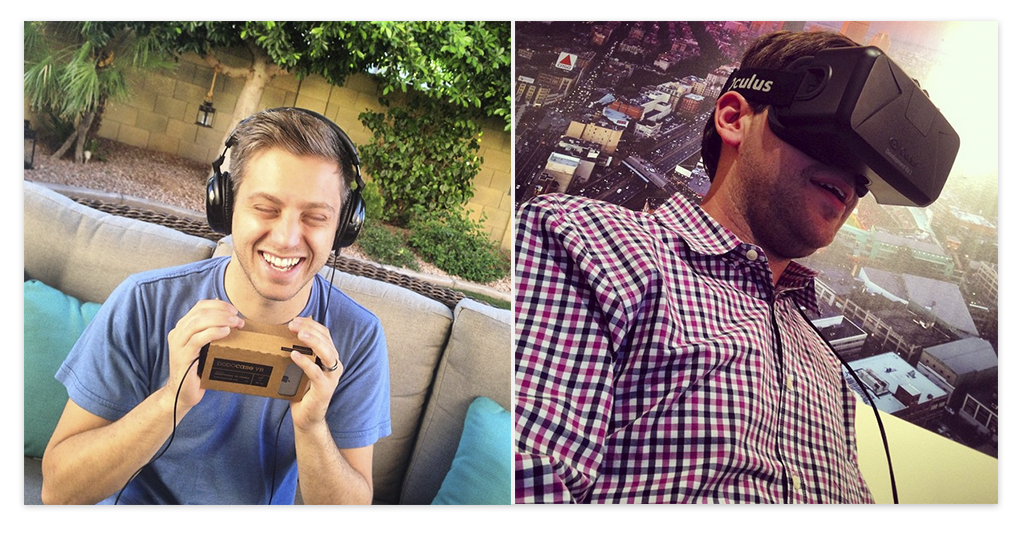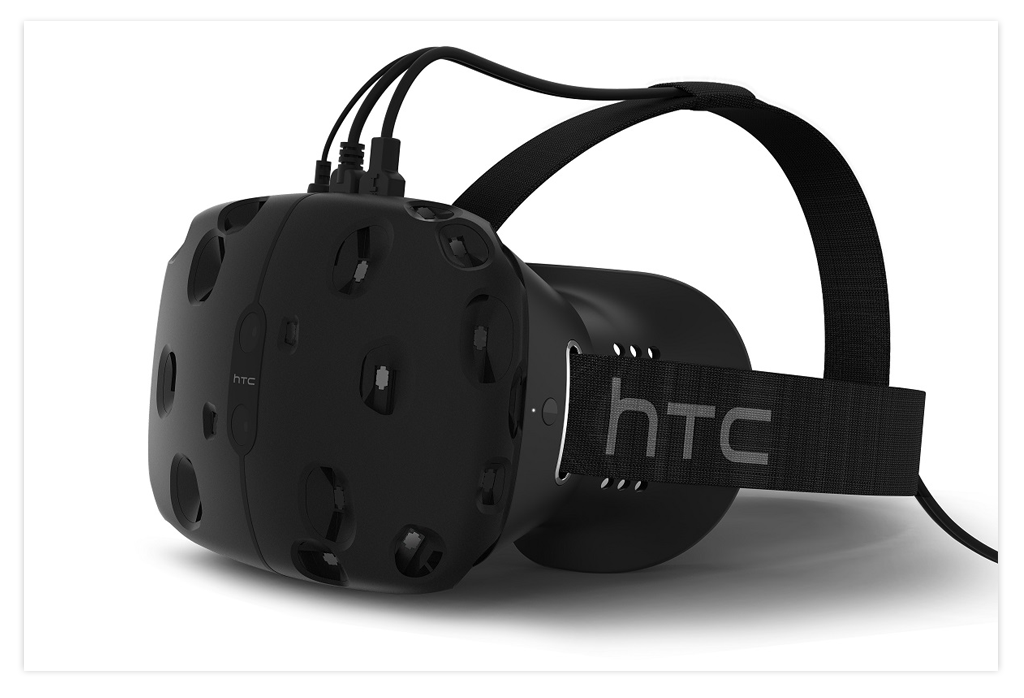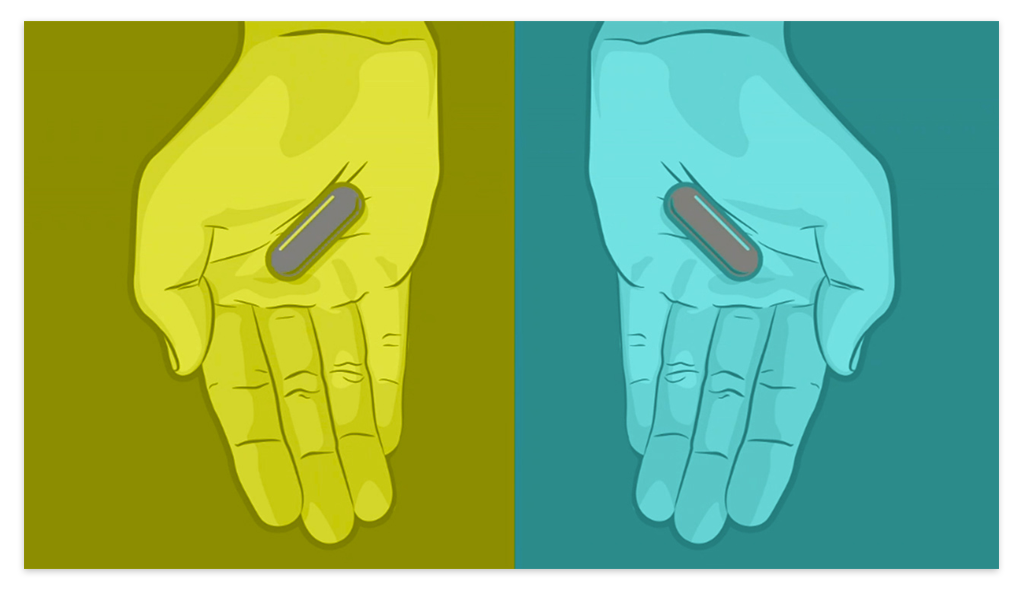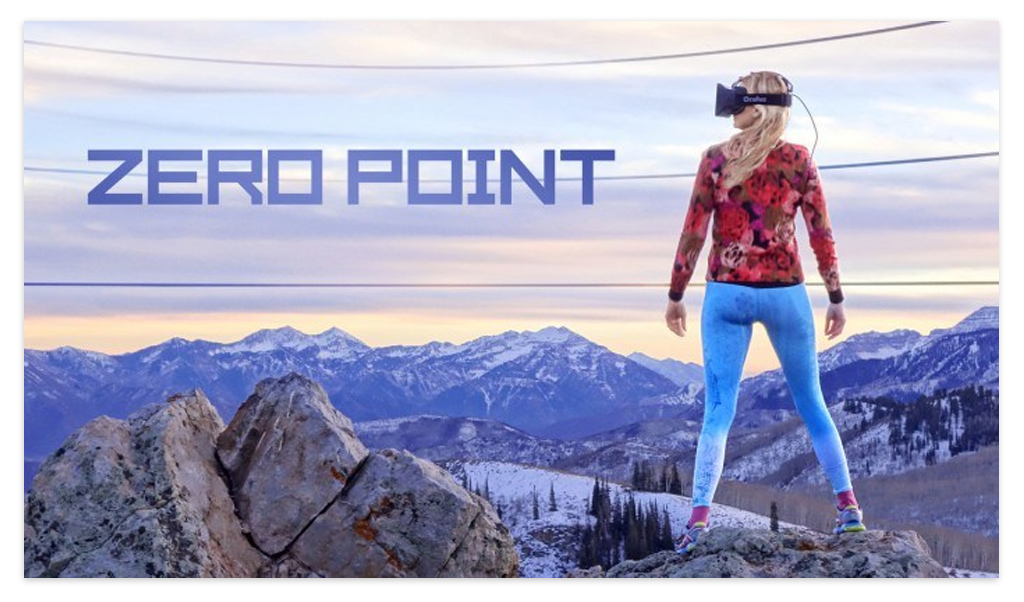In our first round of exploration with virtual reality technology, we got in a few Google Cardboard DodoCase VR sets and also, the must have, Oculus Rift Development Kit 2.

The obvious difference in these two virtual reality viewing devices, beyond the drastically different price point ($30 vs $350), is true VR vs. mobile VR. True VR, as in the Oculus experience, is absolutely revolutionary. If you’re a child of the 80’s, chances are you’ve tried virtual reality a few different times in your life. In arcades, the roller coaster simulator rides, and more recently maybe at Dave and Busters.
Those legacy experiences do not even come close to what it’s like inside Oculus.
It’s hard to imagine or know what to expect until you really try it. And when you do, the real world disappears. Your peripherals are consumed in the phenomenon of virtual reality and you are 100% immersed in a different world. Your body even tries to compensate for the movement your brain thinks is happening – such as going up a staircase or swerving around a bend. You actually feel it.
Mobile VR, while still very powerful, doesn’t quite feel the same. For what it is – putting your smartphone in a cardboard box and then looking through the eye holes – it’s actually pretty astonishing how good the virtual experience is.
But after using Oculus, or any true VR experience, you will begin to realize the lower frame rate, limited positional tracking capabilities, and lack of peripheral immersion in its mobile counterpart. All of which contributes more readily to what’s known as VR sickness.
VR sickness occurs because your eyes perceive you to be running, jumping, driving, etc. through a space, while your ears transmit no such motion. This, along with lags in responsiveness and rendering-stutters, throw off the balance in your equilibrium, resulting in the feeling of nausea reported by many users of virtual reality.
Facebook’s Oculus Rift, and Google Cardboard, though arguably the most popular, are not the only players in the virtual world. Valve recently jumped into the conversation saying they would have a consumer ready version of their Steam VR headset, HTC Vive, out by the holiday shopping season this year.

While some are wondering why the obvious market leader, Oculus Rift, is not making more aggressive plans to release a consumer ready product, the truth is they don’t need to.
Facebook isn’t putting out a product just to have a product on the market. They have their sights on something bigger. The real reason Facebook bought Oculus Rift was not to revolutionize gaming, but to change communication altogether.
Facebook is looking at virtual reality technology as the future of communication. Imagine walking around your Facebook feed, virtually interacting with pictures, videos, and connections as if you were part of the stories and conversations.
Think, The Sims, but real. Facebook, plus virtual reality, could become The Matrix in 10 years. Are you ready to give your physical life up to the digital world? Does that scare you or excite you?

The teams at Facebook and Oculus aren’t the only ones thinking about how to use VR technology beyond gaming. We at Cramer, along with some other cutting-edge marketers, have been experimenting with what virtual reality can do for brand experiences. At the moment, some potential use cases we and others have been exploring are:
- Product launches and displays at trade shows for products that don’t travel well
- Medical animations and procedural “how to” demonstration videos
- Facility and operational tours
- Visualizing complex data systems, (Minority Report style)
- Audience engagement and role play exercises
- Brand immersions and consumer activation
Check out the amazing brand activation Merrell unveiled for Sundance attendees. It’s the first ever “walk-around” virtual reality experience.
One of the coolest things we’ve seen since putting on the VR goggles has to be Zero Point, the first ever 360 degree VR documentary. This roughly 20-minute film was shot specifically for the Oculus Rift, and while the video resolution isn’t up to the HD par we’ve come to expect from our media, the epic experience bridges the gap. It’s genuinely beautiful to be a part of.

YouTube added support for stereoscopic 3D video years back and with Google continuing to invest in the technology, we’re going to start seeing much more of these virtually optimized 360 degree viewing experiences become commonplace.
3D TV’s didn’t really catch on, but virtual reality is definitely poised to make its way into our living rooms.
While current capabilities go remarkably beyond where they’ve ever been, one of the limitations of VR as it stands is GPU-accelerated computing power.
Most consumer systems simply do not have the computing power to re-render full 360 degree rooms at 60 frames per second at the detail we are trying to do it. We’re are getting much closer, but much of the hardware running VR is still considered developmental for this reason.
At Cramer, we’re going to continue experimenting. Pushing the envelope of marketing to further fuel connections between brands and the audiences most vital to their success. Doors don’t just open, you have to knock them down. And we believe VR is the wrecking ball to do it.
What do you think the future of brand experiences and content marketing will look like now that virtual reality, is reality?